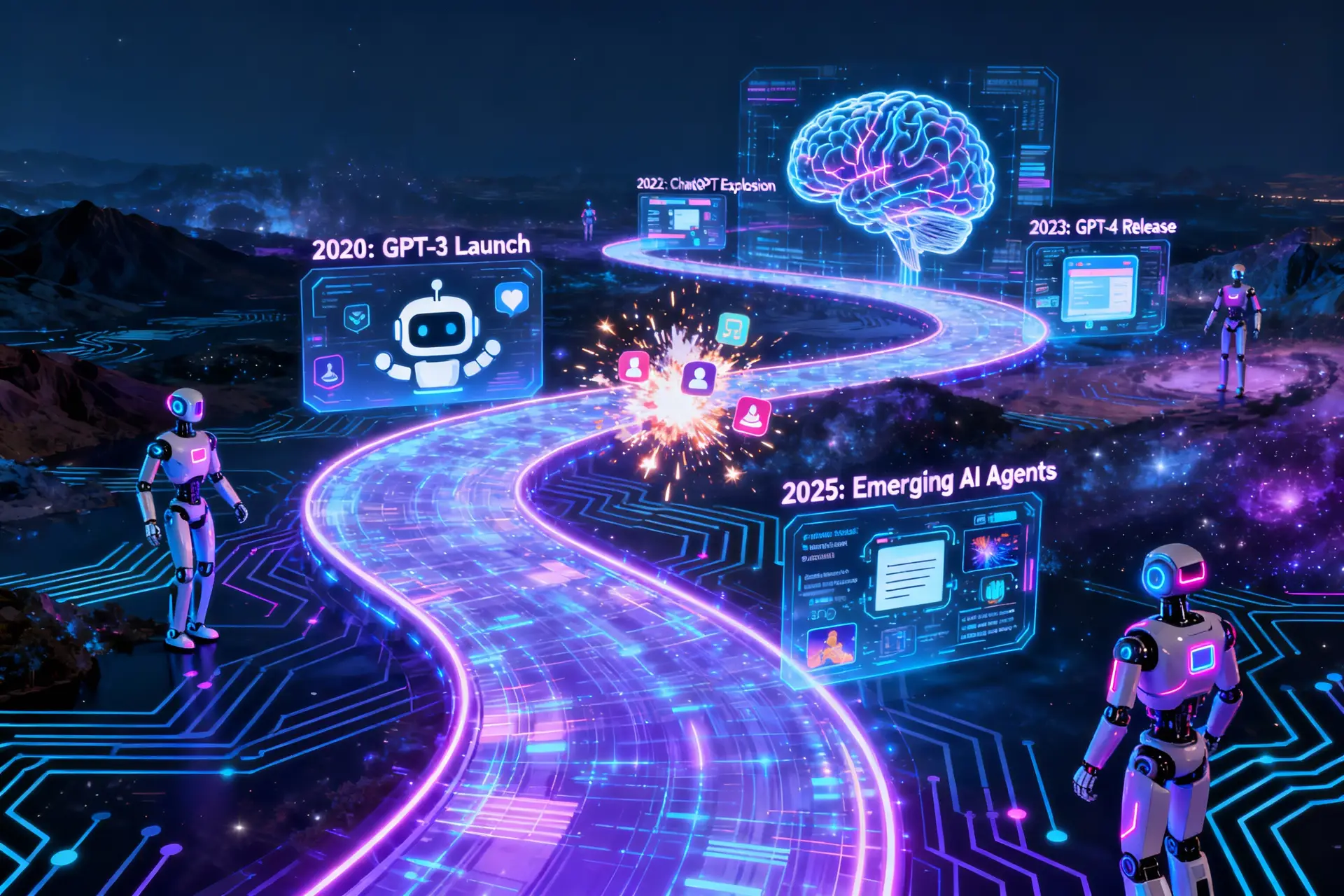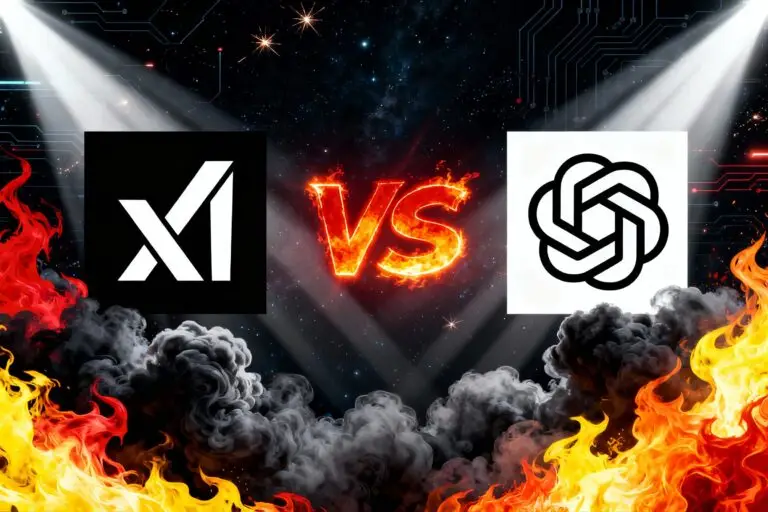
Artificial intelligence has undergone a transformative evolution in the past few years, shifting from niche research to mainstream applications that influence daily life, industries, and global policy. From the release of powerful language models in 2020 to the integration of multimodal AI and regulatory frameworks by 2025, advancements have accelerated at an unprecedented pace. This article explores key milestones, focusing on the period from 2020 to 2025, highlighting how generative AI, ethical concerns, and practical deployments have shaped the field.
Key Drivers of Recent AI Evolution
The surge in AI progress can be attributed to several factors: massive increases in computational power, vast datasets, and breakthroughs in deep learning architectures like transformers. Large language models (LLMs) have democratized AI, enabling tasks from text generation to image creation. However, this rapid growth has also sparked debates on ethics, risks, and regulation, leading to international summits and executive orders. By 2025, AI adoption in businesses reached approximately 78%, up from 55% the previous year, with autonomous agents emerging as active collaborators in workflows.
Timeline of AI Milestones (2020–2025)
2020
- January: Google unveils Meena, a conversational AI model for more human-like dialogue.
- February: Microsoft releases Turing Natural Language Generation (T-NLG), a 17-billion-parameter model for advanced text generation.
- May/June: OpenAI launches GPT-3, a 175-billion-parameter LLM capable of generating human-like text, marking a leap in generative AI.
- November: DeepMind’s AlphaFold 2 wins the CASP competition for protein structure prediction, advancing AI in biology
2021
- January: OpenAI releases DALL-E, a text-to-image model generating realistic images from prompts, trained on 12 billion parameters.
- Mid-2021: Open-source GPT-J, a 6-billion-parameter model, emerges, democratizing access to advanced AI. –
- June: Google announces LaMDA, focused on open-ended conversational AI.
- End of 2021: DeepMind unveils Gopher, a 280-billion-parameter model excelling in comprehension tasks.
2022
- July/August: Midjourney and Stable Diffusion launch, enabling public text-to-image generation.
- September: OpenAI’s DALL-E 2 becomes available for fast image creation; Meta’s Make-A-Video generates videos from text.
- November: OpenAI debuts ChatGPT based on GPT-3.5, reaching 100 million users in two months and sparking mainstream AI adoption
2023
- February: Meta releases LLaMA, open-source LLMs for accessible research.
- March: OpenAI launches GPT-4, a multimodal model handling text and images, excelling in exams like the bar exam.
- March: Google releases Bard (later transitioned to PaLM 2), competing with ChatGPT.
- May: AI leaders sign a Statement on AI Risk, warning of existential threats.
- November: First global AI Safety Summit in the UK issues the Bletchley Declaration for AI risk management.
- End of 2023: Google showcases Gemini 1.0 Ultra, outperforming GPT-4 in benchmarks.
2024
- February: Google releases Gemini 1.5 with 1-million-token context; OpenAI previews Sora for text-to-video generation.
- February: Stability AI announces Stable Diffusion 3.
- April: Apple unveils OpenELM, efficient on-device language models.
- May: Red Hat launches RHEL for AI to support enterprise workloads.
- June: Apple announces Apple Intelligence, integrating ChatGPT into devices.
- Approval of EU AI Act: The world’s first comprehensive AI regulation emphasizes transparency for high-risk systems.
2025
- Early 2025: AI agents demonstrate autonomous tasks like research and scheduling, evolving from tools to collaborators
- February: Mistral releases its AI assistant on mobile; Paris hosts an AI summit on innovation and ethics.
- May: UAE plans a major AI campus to strengthen global ties.
- June: Amazon tests humanoid robots for deliveries.
- Throughout 2025: Banks deploy reasoning-capable AI for compliance, like Silent Eight’s systems, and generative AI sees $33.9 billion in investments.
Reflections and Future Outlook
The past five years have seen AI transition from experimental to essential, with generative models like GPT series and Gemini driving innovation across sectors. Yet, challenges persist, including copyright lawsuits, bias concerns, and calls for pauses in development to address risks. Looking ahead, AI is poised to enhance personalization in education, healthcare, and transportation, but balanced governance will be crucial to ensure ethical deployment. As of September 2025, the field continues to evolve rapidly, promising both opportunities and responsibilities.
“In some big sense, ChatGPT is already more powerful than any human who has ever lived.”
Sam Altman
CEO of OpenAI
“I’m increasingly inclined to think that there should be some regulatory oversight, maybe at the national and international level, just to make sure that we don’t do something very foolish. I mean with artificial intelligence we’re summoning the demon.”
